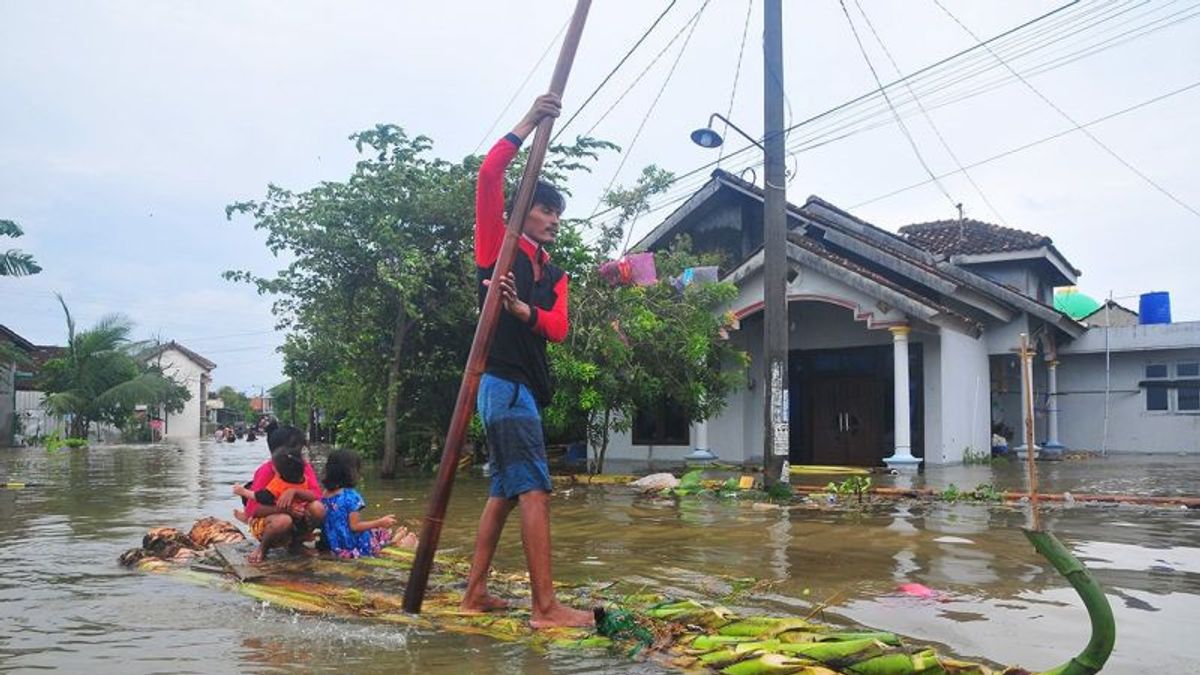JAKARTA - The National Research and Innovation Agency (BRIN) revealed that massive forest clearing activities carried out during the colonial era had created sedimentation that caused the Muria Strait to become mainland.
"In the Dutch era, forest clearing there was very intense, causing erosion. The sedimentation that occurred caused the Muria Strait to become land," said BRIN Center for Geological Disaster Research, Eko Soebowo, as reported by ANTARA, Wednesday, March 20.
Eko explained that since the 7th century until now, forest and erosion activity has continued to occur in the south of the Muria Strait and the Slope of Mount Muria. It was the material of erosion that filled the Muria Strait.
The sedimentation arose when the floods that occurred due to forest clearing made the straits shallower and disappear, so that Java Island merged with Muria Island.
SEE ALSO:
According to him, the age of land which is relatively new due to the sedimentation process makes the soil not yet compact and has not experienced perfect compactification. The soft soil causes the building to become easily collapsed.
"In the past, the flood actually filled the sediment in the Muria Strait, finally there was silting, so land was formed," said Eko.
He reminded the public to be wise in using water. Excessive groundwater extraction activities have made the Demak area to Kudus experience severe land subsidence.
Climate change that melts the ice on the north and south poles increases sea levels and becomes a serious threat that has the potential to revive the Muria Strait.
The English, Chinese, Japanese, Arabic, and French versions are automatically generated by the AI. So there may still be inaccuracies in translating, please always see Indonesian as our main language. (system supported by DigitalSiber.id)

















